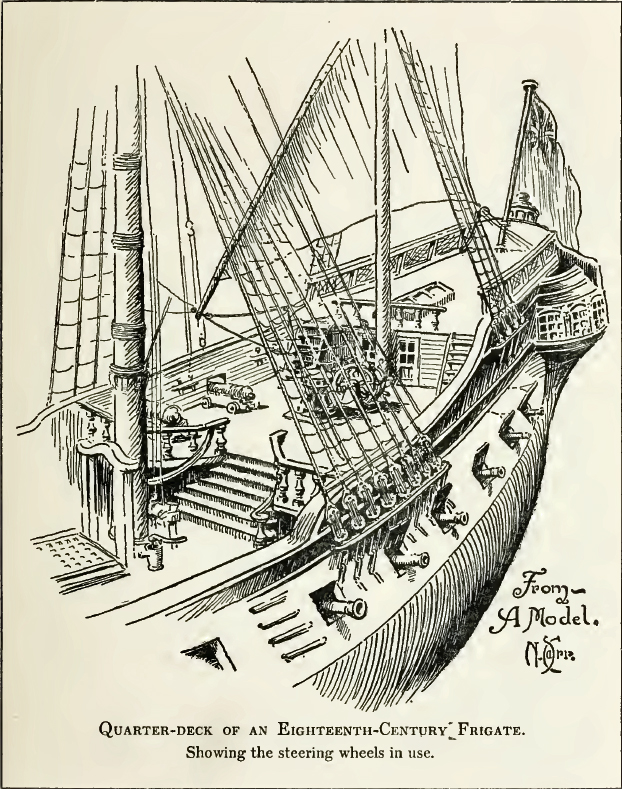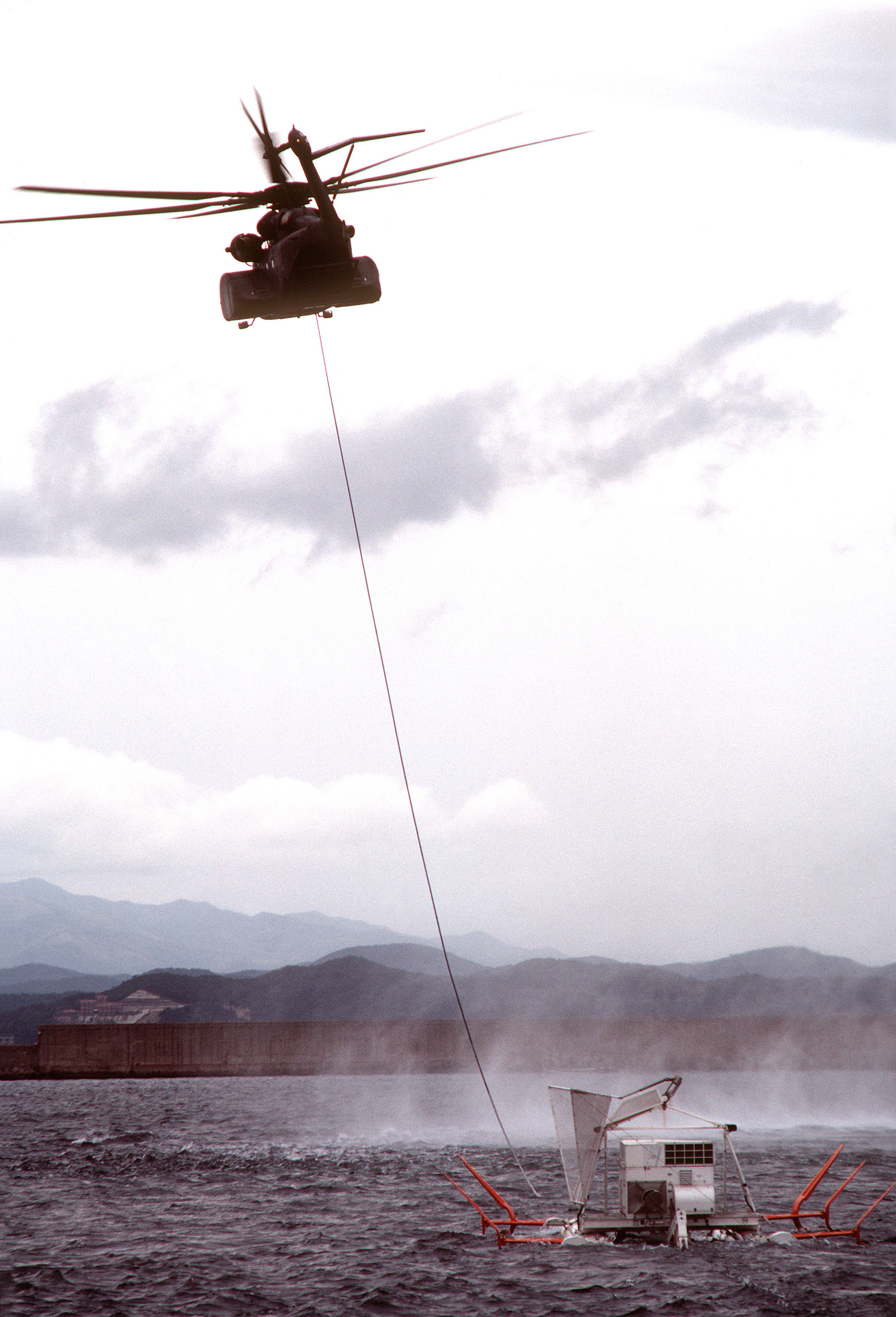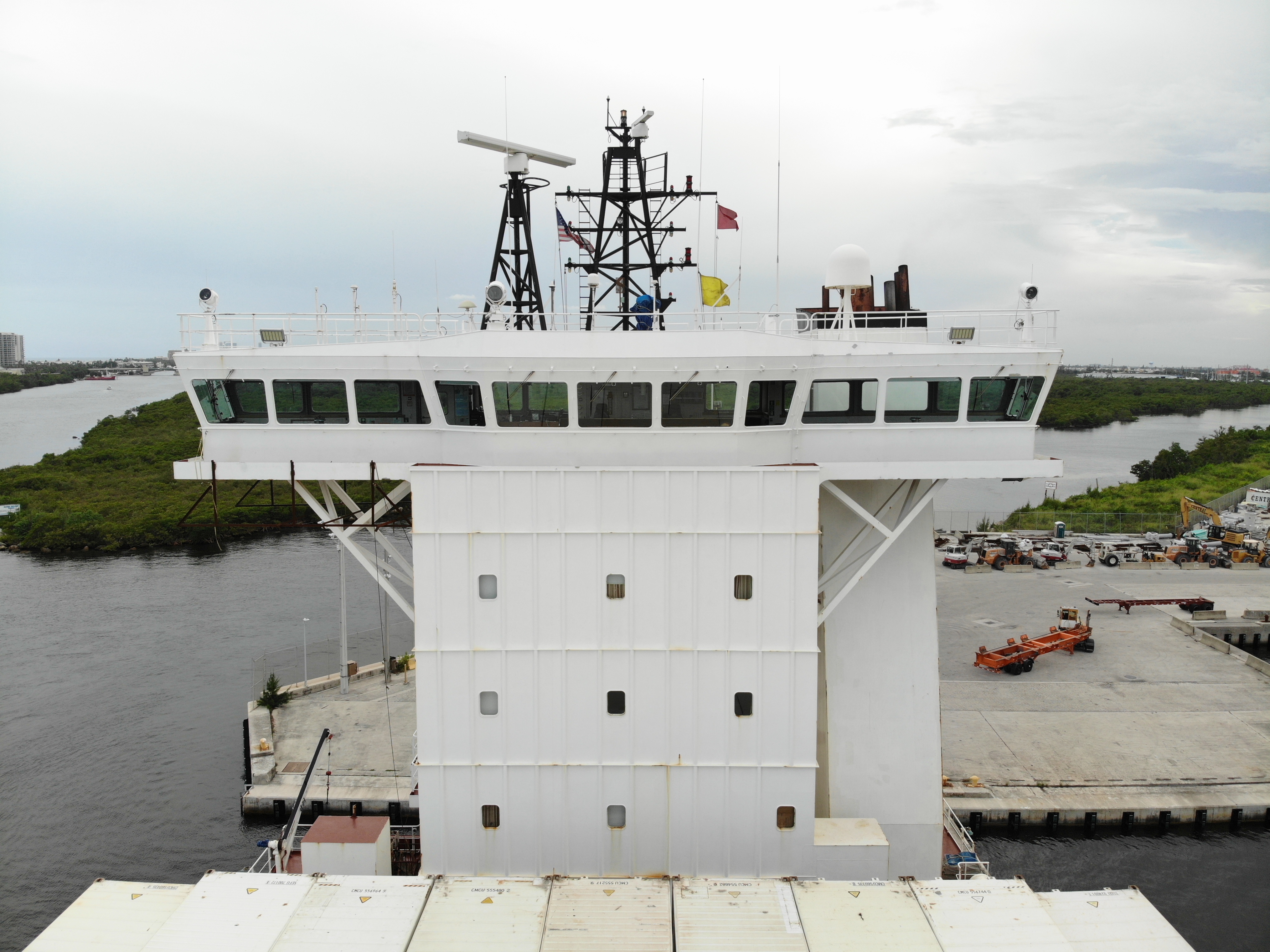|
PA Class Patrol Ships (Germany)
The ' ("patrol boat abroad") (PA)-class patrol ships were a class of vessels commissioned into the ''Kriegsmarine'' (German Navy) in the Second World War. The ships were under construction in French shipyards that were seized by the Germans in 1940 at the Fall of France. Work on them continued under German control but progressed slowly, being subject to reluctance, or even sabotage, by the French workforce. Eventually only four were completed. The ships were commissioned in 1943–44 and deployed as escort vessels. Three were bombed and sunk by Royal Air Force (RAF) aircraft in 1944; the fourth was sunk as a block ship at Le Havre later the same year. Background The PA-class patrol vessels were originally laid down as part of a 1939 order by the French Navy for anti-submarine warfare vessels to a British design, called s in the Royal Navy. They were adapted from a merchant ship design and were suitable for building at merchant yards. Of the 18 ships ordered, 12 were under con ... [...More Info...] [...Related Items...] OR: [Wikipedia] [Google] [Baidu] |
Chantiers De L'Atlantique
Chantiers de l'Atlantique is a shipyard in Saint-Nazaire, France. It is one of the world's largest shipyards, constructing a wide range of commercial, naval, and passenger ships. It is located near Nantes, at the mouth of the Loire, Loire river and the deep waters of the Atlantic Ocean, Atlantic, which make the sailing of large ships in and out of the shipyards easy. The shipyard was owned by Alstom from 1976 onwards, became Alstom-Atlantique, and was later part of Aker Yards when Aker ASA, Aker Group acquired the Alstom Marine business in 2006. In 2008, the South Korean company STX Corporation acquired Aker Yards, and the shipyard became part of STX Europe (formed by the renaming of Aker Yards). After the bankruptcy of STX Corporation, the shipyard was acquired by the French government and reverted to its original name of Chantiers de l'Atlantique. History The current Chantiers de l'Atlantique yard evolved from the Ateliers et Chantiers de Saint-Nazaire Penhoët, Saint-Naz ... [...More Info...] [...Related Items...] OR: [Wikipedia] [Google] [Baidu] |
Battle Of France
The Battle of France (french: bataille de France) (10 May – 25 June 1940), also known as the Western Campaign ('), the French Campaign (german: Frankreichfeldzug, ) and the Fall of France, was the Nazi Germany, German invasion of French Third Republic, France during the Second World War. On 3 September 1939, France French declaration of war on Germany (1939), declared war on Germany following the German invasion of Poland. In early September 1939, France began the limited Saar Offensive and by mid-October had withdrawn to their start lines. German armies German invasion of Belgium (1940), invaded Belgium, German invasion of Luxembourg, Luxembourg and German invasion of the Netherlands, the Netherlands on 10 May 1940. Fascist Italy (1922-1943), Italy entered the war on 10 June 1940 and attempted an Italian invasion of France, invasion of France. France and the Low Countries were conquered, ending land operations on the Western Front (World War II), Western Front until the Normandy l ... [...More Info...] [...Related Items...] OR: [Wikipedia] [Google] [Baidu] |
English Channel
The English Channel, "The Sleeve"; nrf, la Maunche, "The Sleeve" ( Cotentinais) or (Jèrriais), ( Guernésiais), "The Channel"; br, Mor Breizh, "Sea of Brittany"; cy, Môr Udd, "Lord's Sea"; kw, Mor Bretannek, "British Sea"; nl, Het Kanaal, "The Channel"; german: Ärmelkanal, "Sleeve Channel" (French: ''la Manche;'' also called the British Channel or simply the Channel) is an arm of the Atlantic Ocean that separates Southern England from northern France. It links to the southern part of the North Sea by the Strait of Dover at its northeastern end. It is the busiest shipping area in the world. It is about long and varies in width from at its widest to at its narrowest in the Strait of Dover."English Channel". ''The Columbia Encyclopedia'', 2004. It is the smallest of the shallow seas around the continental shelf of Europe, covering an area of some . The Channel was a key factor in Britain becoming a naval superpower and has been utilised by Britain as a natural d ... [...More Info...] [...Related Items...] OR: [Wikipedia] [Google] [Baidu] |
Anti-aircraft Warfare
Anti-aircraft warfare, counter-air or air defence forces is the battlespace response to aerial warfare, defined by NATO as "all measures designed to nullify or reduce the effectiveness of hostile air action".AAP-6 It includes surface based, subsurface ( submarine launched), and air-based weapon systems, associated sensor systems, command and control arrangements, and passive measures (e.g. barrage balloons). It may be used to protect naval, ground, and air forces in any location. However, for most countries, the main effort has tended to be homeland defence. NATO refers to airborne air defence as counter-air and naval air defence as anti-aircraft warfare. Missile defence is an extension of air defence, as are initiatives to adapt air defence to the task of intercepting any projectile in flight. In some countries, such as Britain and Germany during the Second World War, the Soviet Union, and modern NATO and the United States, ground-based air defence and air defence airc ... [...More Info...] [...Related Items...] OR: [Wikipedia] [Google] [Baidu] |
Quarterdeck
The quarterdeck is a raised deck behind the main mast of a sailing ship. Traditionally it was where the captain commanded his vessel and where the ship's colours were kept. This led to its use as the main ceremonial and reception area on board, and the word is still used to refer to such an area on a ship or even in naval establishments on land. Many such facilities have areas decorated like shipboard quarterdecks. In the 20th century the word came to be applied to the area at the stern of the ship, often (on naval vessels) used for secondary weapons and (on battleships) seaplane catapults. In modern military designs the stern has been roofed over by the helicopter deck but a large space remains underneath which is typically used for sonar equipment or small boats and which is still referred to as the quarterdeck in Commonwealth navies. Ceremonial use There are ancient traditions of offering special deference to the quarterdeck. Greek, Roman, and Carthaginian warships all ... [...More Info...] [...Related Items...] OR: [Wikipedia] [Google] [Baidu] |
Gunwale
The gunwale () is the top edge of the hull of a ship or boat. Originally the structure was the "gun wale" on a sailing warship, a horizontal reinforcing band added at and above the level of a gun deck to offset the stresses created by firing artillery. Over time it remained as a valuable stiffener mounted inboard of the sheer strake on commercial and recreational craft. In modern boats, it is the top edge of the hull where there is usually some form of stiffening, often in the form of traditional wooden boat construction members called the "inwale" and "outwale". On a canoe, the gunwale is typically the widened edge at the top of its hull, reinforced with wood, plastic or aluminum, to carry the thwarts. On a narrowboat A narrowboat is a particular type of canal boat, built to fit the narrow locks of the United Kingdom. The UK's canal system provided a nationwide transport network during the Industrial Revolution, but with the advent of the railways, commer ... or ca ... [...More Info...] [...Related Items...] OR: [Wikipedia] [Google] [Baidu] |
Minesweeping
Minesweeping is the practice of the removal of explosive naval mines, usually by a specially designed ship called a minesweeper using various measures to either capture or detonate the mines, but sometimes also with an aircraft made for that purpose. Minesweeping has been practiced since the advent of naval mining in 1855 in the Crimean War. The first minesweepers date to that war and consisted of British rowboats trailing grapnels to snag the mines. By ship A sweep is either a contact sweep, a wire dragged through the water by one or two ships to cut the mooring wire of floating mines, or a distance sweep that mimics a ship to detonate the mines. The sweeps are dragged by minesweepers, either purpose-built military ships or converted trawlers. Each run covers between , and the ships must move slowly in a straight line, making them vulnerable to enemy fire. This was exploited by the Turkish army in the Battle of Gallipoli in 1915, when mobile howitzer batteries prevented ... [...More Info...] [...Related Items...] OR: [Wikipedia] [Google] [Baidu] |
Gunboat
A gunboat is a naval watercraft designed for the express purpose of carrying one or more guns to bombard coastal targets, as opposed to those military craft designed for naval warfare, or for ferrying troops or supplies. History Pre-steam era In the age of sail, a gunboat was usually a small undecked vessel carrying a single smoothbore cannon in the bow, or just two or three such cannons. A gunboat could carry one or two masts or be oar-powered only, but the single-masted version of about length was most typical. Some types of gunboats carried two cannons, or else mounted a number of swivel guns on the railings. The small gunboat had advantages: if it only carried a single cannon, the boat could manoeuvre in shallow or restricted areas – such as rivers or lakes – where larger ships could sail only with difficulty. The gun that such boats carried could be quite heavy; a 32-pounder for instance. As such boats were cheap and quick to build, naval forces favoured sw ... [...More Info...] [...Related Items...] OR: [Wikipedia] [Google] [Baidu] |
Naval Mine
A naval mine is a self-contained explosive device placed in water to damage or destroy surface ships or submarines. Unlike depth charges, mines are deposited and left to wait until they are triggered by the approach of, or contact with, any vessel or a particular vessel type, akin to anti-infantry vs. anti-vehicle mines. Naval mines can be used offensively, to hamper enemy shipping movements or lock vessels into a harbour; or defensively, to protect friendly vessels and create "safe" zones. Mines allow the minelaying force commander to concentrate warships or defensive assets in mine-free areas giving the adversary three choices: undertake an expensive and time-consuming minesweeping effort, accept the casualties of challenging the minefield, or use the unmined waters where the greatest concentration of enemy firepower will be encountered. Although international law requires signatory nations to declare mined areas, precise locations remain secret; and non-complying individuals ... [...More Info...] [...Related Items...] OR: [Wikipedia] [Google] [Baidu] |
Bridge (nautical)
The interior of the bridge of the Sikuliaq'', docked in Ketchikan, Alaska file:Wheelhouse of Leao Dos Mares.jpg, Wheelhouse on a tugboat, topped with a flying bridge The bridge, also known as the pilothouse or wheelhouse, is a room or platform of a ship from which the ship can be commanded. When a ship is under way, the bridge is manned by an officer of the watch aided usually by an able seaman acting as a lookout. During critical maneuvers the captain will be on the bridge, often supported by an officer of the watch, an able seaman on the wheel and sometimes a pilot, if required. History and etymology The compass platform of a British destroyer in the Second_World_War.html" ;"title="Battle of the Atlantic during the Second World War">Battle of the Atlantic during the Second World War with central binnacle and the voice pipes to belowdecks There are many terms for parts of a ship with functions similar to a bridge. Depending upon the design and layout of a ship, some ... [...More Info...] [...Related Items...] OR: [Wikipedia] [Google] [Baidu] |
Forecastle
The forecastle ( ; contracted as fo'c'sle or fo'c's'le) is the upper deck of a sailing ship forward of the foremast, or, historically, the forward part of a ship with the sailors' living quarters. Related to the latter meaning is the phrase " before the mast" which denotes anything related to ordinary sailors, as opposed to a ship's officers. History and design In medieval shipbuilding, a ship of war was usually equipped with a tall, multi-deck castle-like structure in the bow of the ship. It served as a platform for archers to shoot down on enemy ships, or as a defensive stronghold if the ship were boarded. A similar but usually much larger structure, called the aftcastle, was at the aft end of the ship, often stretching all the way from the main mast to the stern. Having such tall upper works on the ship was detrimental to sailing performance. As cannons were introduced and gunfire replaced boarding as the primary means of naval combat during the 16th century, the medieval ... [...More Info...] [...Related Items...] OR: [Wikipedia] [Google] [Baidu] |




.png)




